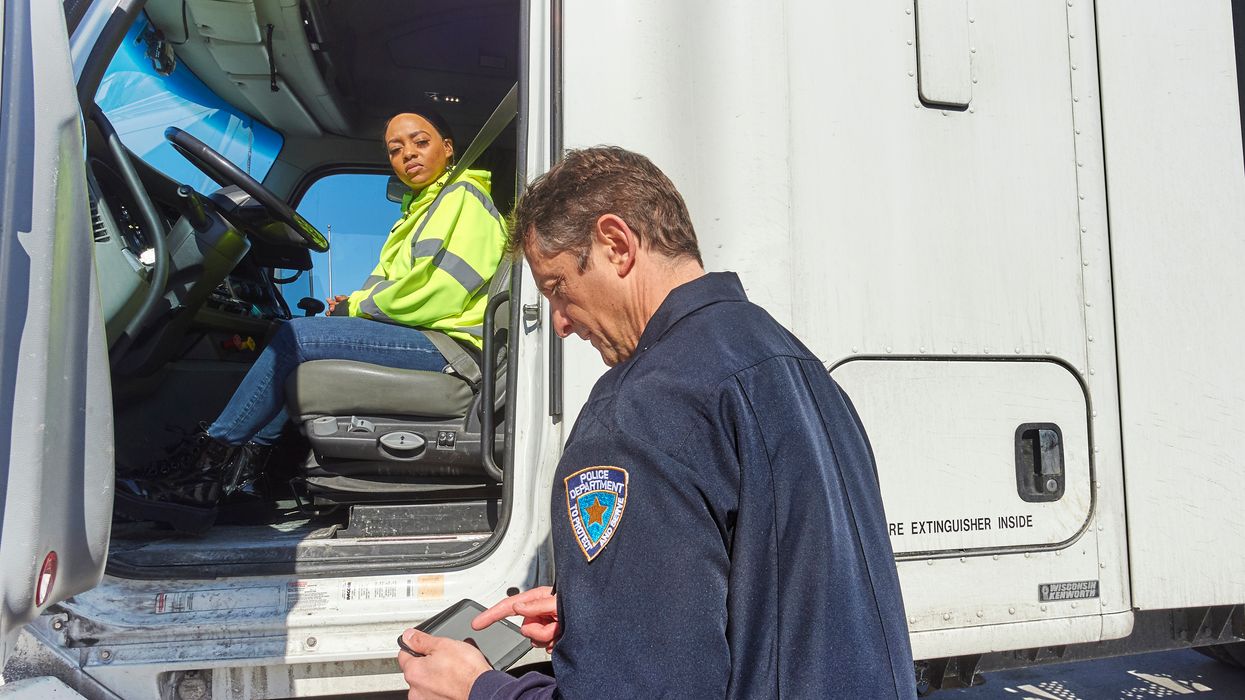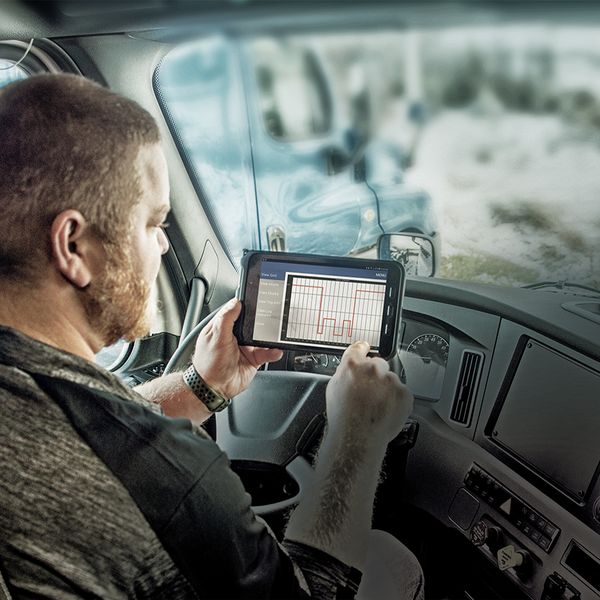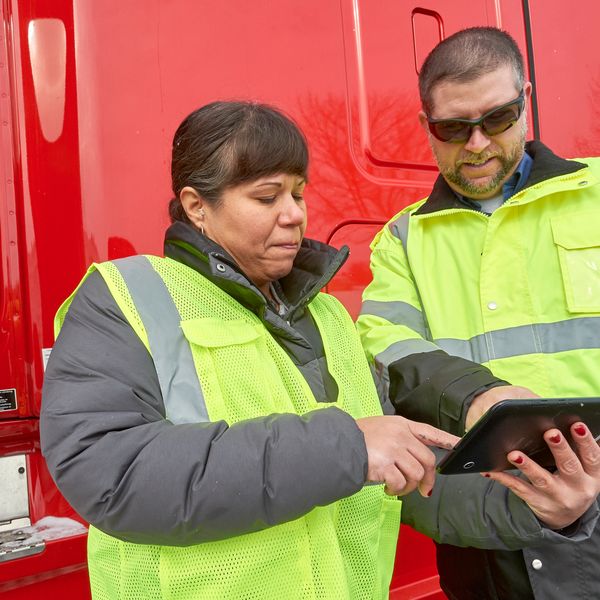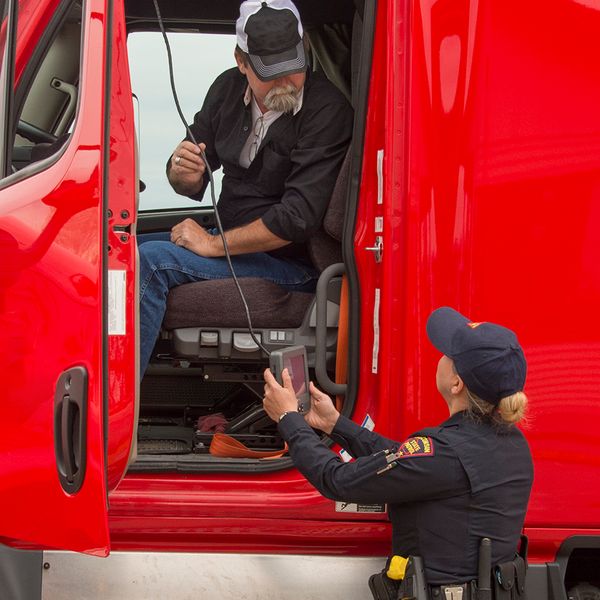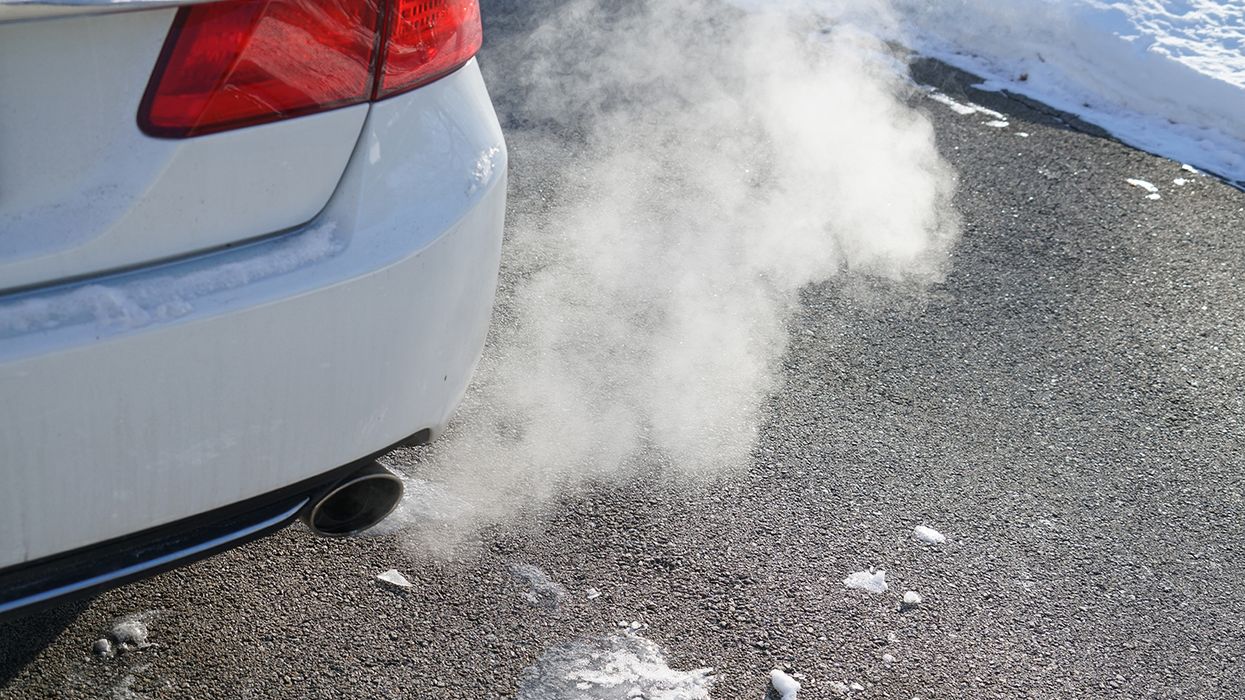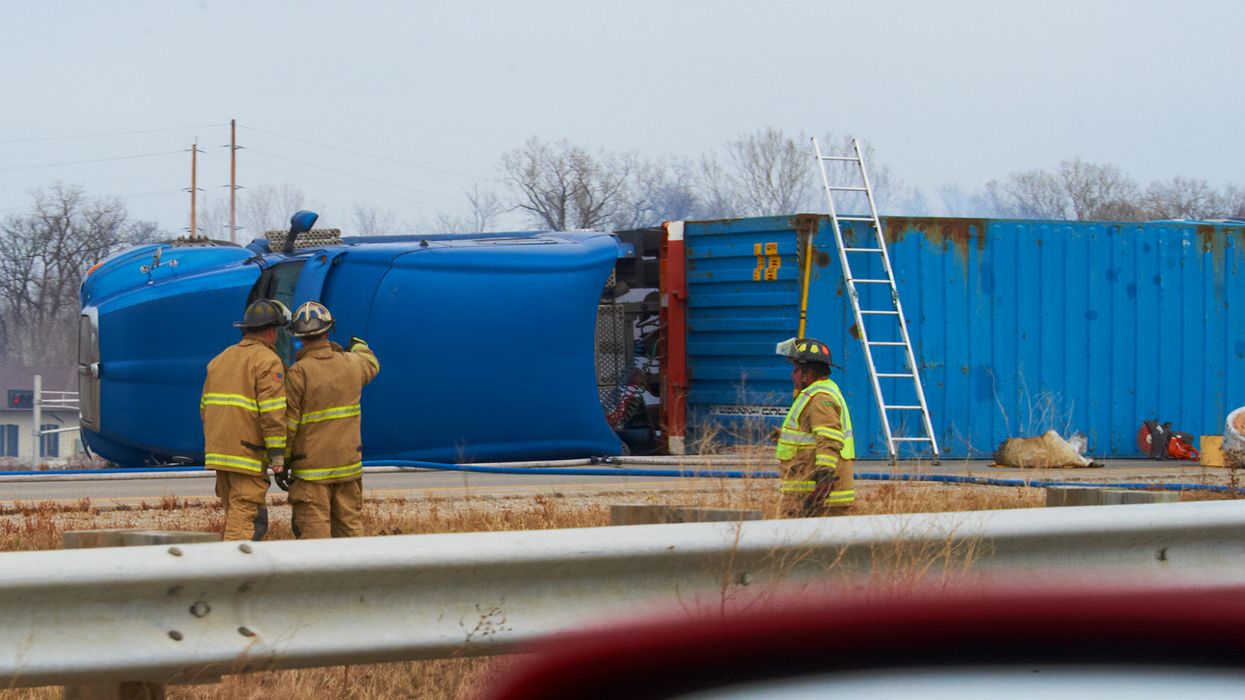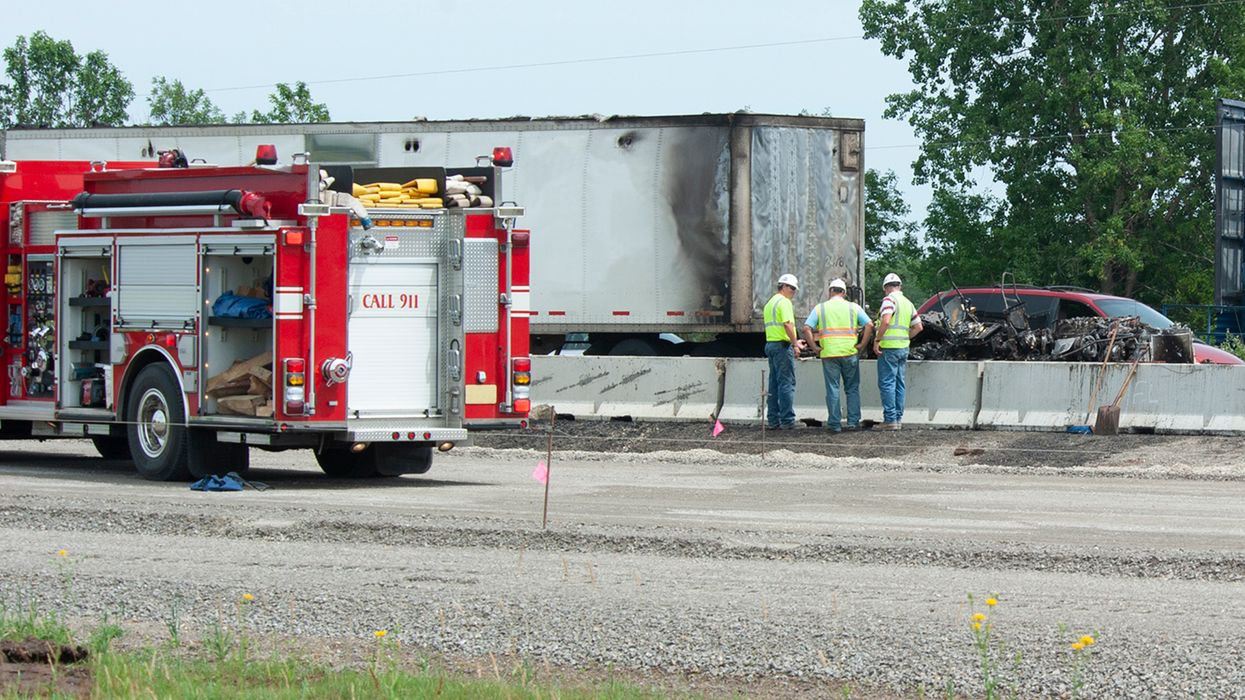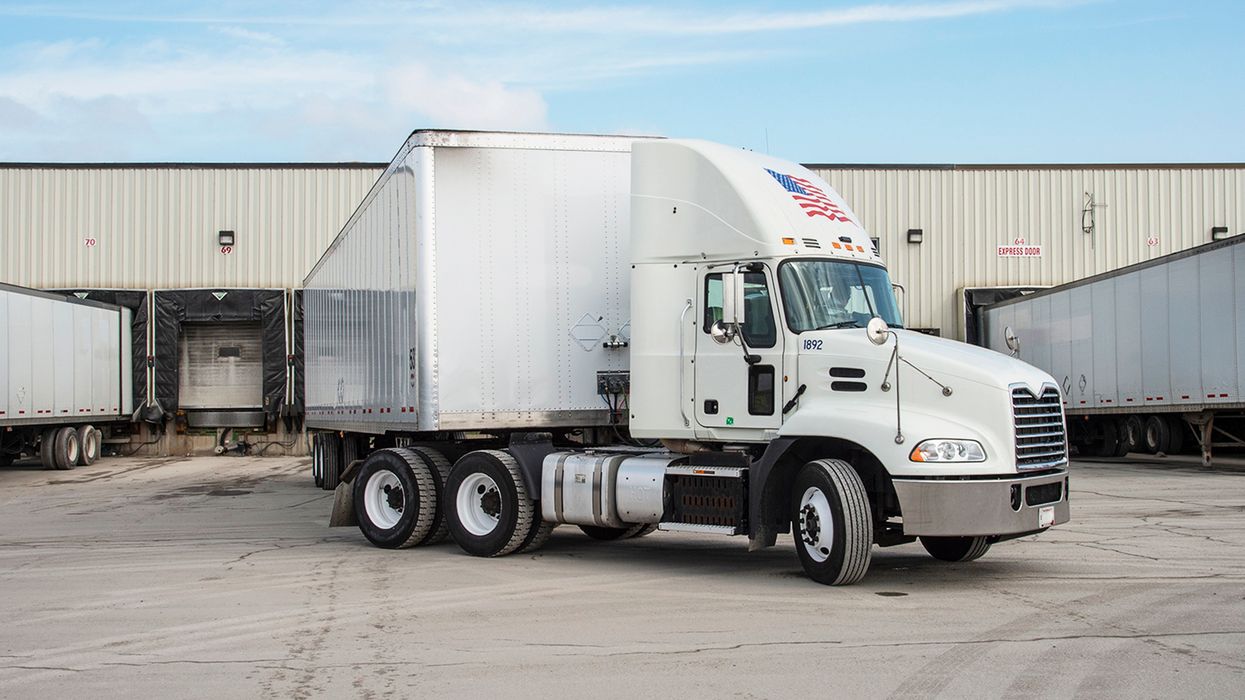What data does the ELD show an officer?
One question asked frequently about electronic logging devices (ELDs) is, “When an officer views or receives the ELD data during a roadside inspection, what data can the officer see?” The concern is that the officer might see:
- Notifications from the ELD or the back office related to past violations,
- Message traffic between the driver and the back office, and/or
- Confidential, non-regulatory business or personal information.
What the officer sees
Once the display is set to roadside inspection mode, the officer will see the display of the ELD data for the current day and the previous seven days. The required data that must be in the display for each day (and what the officer sees) is covered in 4.8.1.3 in the Appendix to Part 395 and includes:
- A header including the date, the carrier’s information, information on the driver (name, D/L, user ID), device information, power unit number and VIN, trailer numbers, shipment numbers, if there are any active flags for a diagnostic event, malfunction, or unassigned driving time, etc.;
- A grid graph for the 24-hour period that includes duty lines and the use of any special driving categories;
- A detailed list of all required data collections indicating time, location, mileage, engine hours, event type (power up, log in, driver entry, duty change, intermediate data capture, log certification, log out, etc.); and
- Any annotations (comments the driver entered into the ELD).
Sometimes printing is required
If the driver cannot present the display to the officer outside of the cab, the driver must be able to print the records and present the printouts to the officer. If the driver cannot present the display (or printout) outside of the vehicle, this is a violation.
Data transfer
If the officer requests the records be transferred, the driver must initiate the transfer. The officer will then receive all the data required in 4.8.2.1 in the Appendix to Part 395. This includes everything required in the display and the data behind it. The officer will also receive details on any unassigned driving time on the device (the when and where), and details on any use of a special driving category and changes (edits). Any possible violations, unassigned driving time, use of special driving categories, and edits will be called out for the officer to review.
Possible violations related to displaying and transferring
One solution a driver may come up with to avoid a violation is to tell the officer, “I can’t get the device to display or send the data.” The problem is if the driver cannot present the display (or printout) AND cannot transfer the records, the driver will be placed out of service for not having a log. However, if the driver can only do one or the other, the driver will receive an ELD violation but will not be placed out of service.
Key to remember: The ELD will only display and transfer the information required in the regulations. However, if the driver cannot display the required information and cannot transfer the logs to the officer, the driver will be placed out of service.

